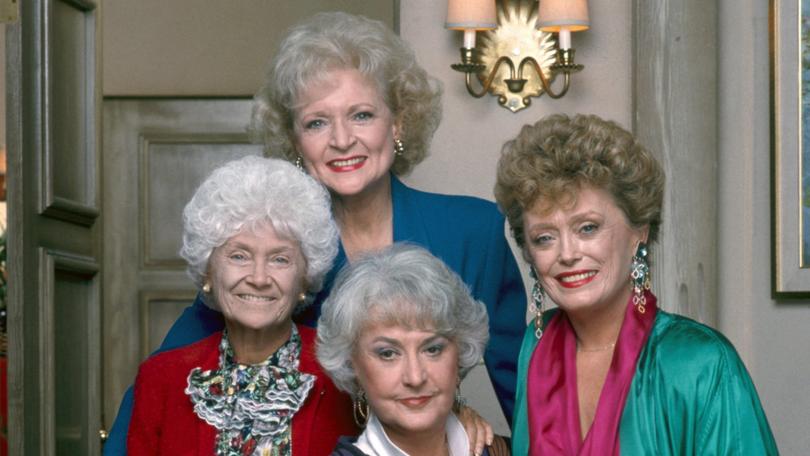Nick Bruining Q+A: Pensioners are pooling resources. But Centrelink might see you and a housemate as a couple

Question
With the cost of rent being so high, I would like to move in with my best friend so that we can share the household expenses.
Some other friends have told us that if we were to do that, Centrelink is likely to treat us as a couple and our pensions would be reduced.
Sign up to The Nightly's newsletters.
Get the first look at the digital newspaper, curated daily stories and breaking headlines delivered to your inbox.
By continuing you agree to our Terms and Privacy Policy.Surely, this is common practice these days and I am surprised if this is the case? Can you please clarify if these are the rules, and is there anything we can do to avoid this?
Answer
The household you describe is reasonably common these days and more seniors are pooling resources in a similar manner.
Equally, couples separating cannot financially afford to live in separate homes so, sometimes, it is necessary to continue living under the same roof, while separated.
Centrelink is concerned that, in both circumstances, your relationship is not that of a “couple” and will investigate your arrangements in some detail.
This is because each person would be entitled to the single rate of pension and subject to the single income and assets means tests.
The maximum pension difference between two singles and a couple is a considerable $580.80 a fortnight.
Centrelink may enquire into a range of areas including sleeping arrangements, financial arrangements and even seek third-party verification from others.
As a starting point you should ensure you maintain separate living areas within the house and operate your finances independently, other than, perhaps, an account for shared expenses.
Once established, these arrangements can be subject to random reviews to ensure that the correct benefits are being paid.
Question
My wife and I are both in our late 50s, working in the private sector and earning about $100,000 each a year.
Late last year, my father died. As an only child, I will shortly receive an inheritance of about $1.2 million — made up of a refundable accommodation deposit and his accumulated savings.
Thanks to his generosity in the past, we are debt free and have plenty in savings.
I have a superannuation fund of about $390,000 and my wife has about $320,000. We were thinking of putting the money into super and were wondering how best to do this.
Answer
There are a number of things you can do using both concessional and non-concessional contributions to super.
As both of your super balances are less than $500,000, you can each make use of carry-over unused concessional contributions from previous years. These are unused concessional contributions for up to five years, up to the annual cap at the time.
This financial year, the maximum accumulated carry-over cap amount is $137,500, less amounts already contributed through other concessional contributions, including your employer’s compulsory super and salary-sacrificed amounts.
You can find out the exact amount available by logging into your tax account via the myGov portal.
These contributions are tax deductible, and if done properly you could conceivably receive a tax refund of all the income tax you have paid this financial year. Bear in mind that these contributions, while tax deductible, are subject to a 15 per cent contributions tax.
The remaining money could be contributed as a non-concessional contribution, but timing can enhance the amount invested considerably.
The annual non-concessional contribution cap is $120,000, but if not fully exploited you can bring forward up to three years of contributions.
After making use of the concessional strategy, you could each make a one-off $120,000 non-concessional contribution now, keeping you just on the limit.
On July 1, you could then make use of the 2026 cap, along with the bring-forward rules allowing you to contribute a further $360,000 — being three lots of $120,000.
All up, that allows each of you to inject $480,000 over the next five months, plus the concessional amount. As a rough guide, I estimate the available concessional contribution amount to be about $90,000 each.
Nick Bruining is an independent financial adviser and a member of the Certified Independent Financial Advisers Association

